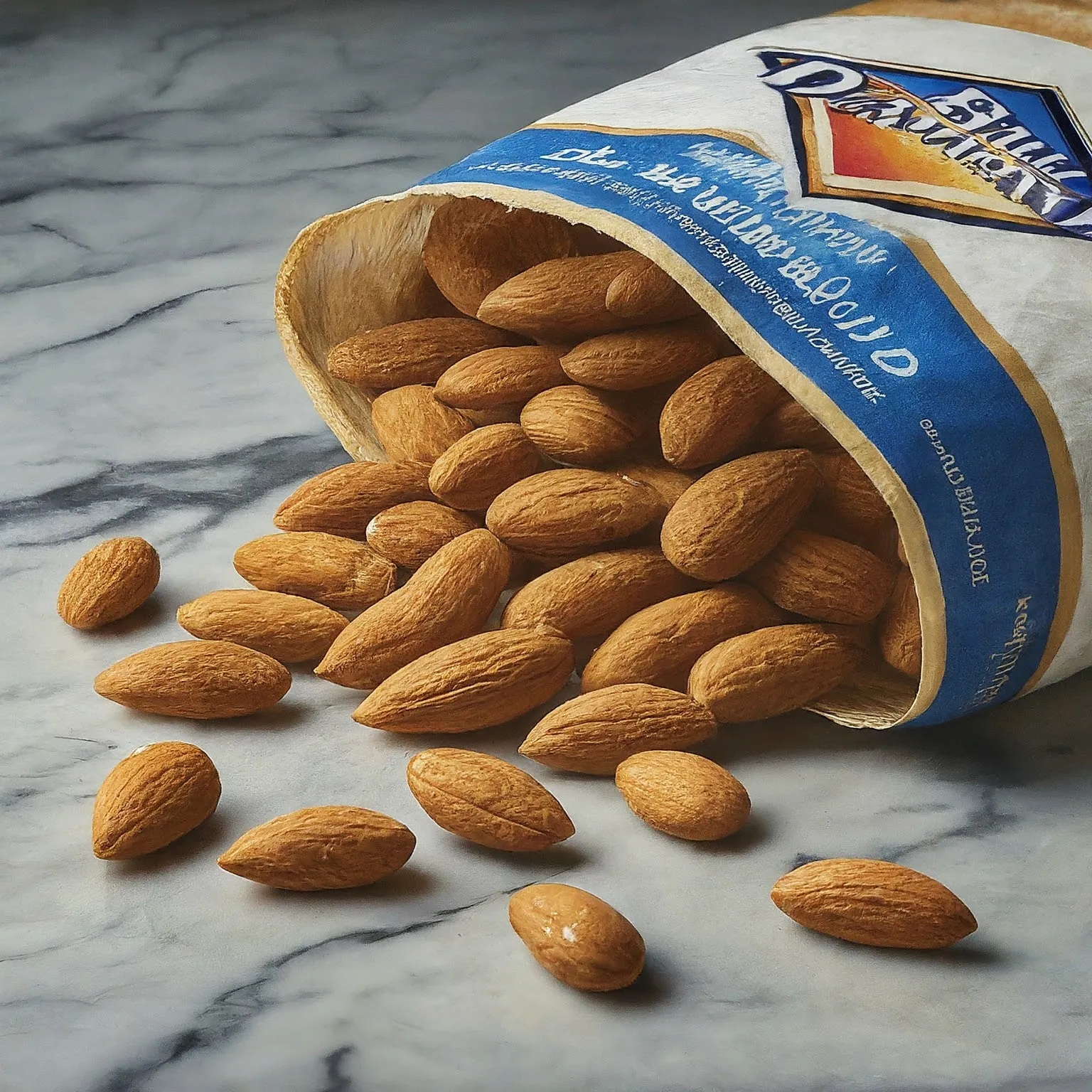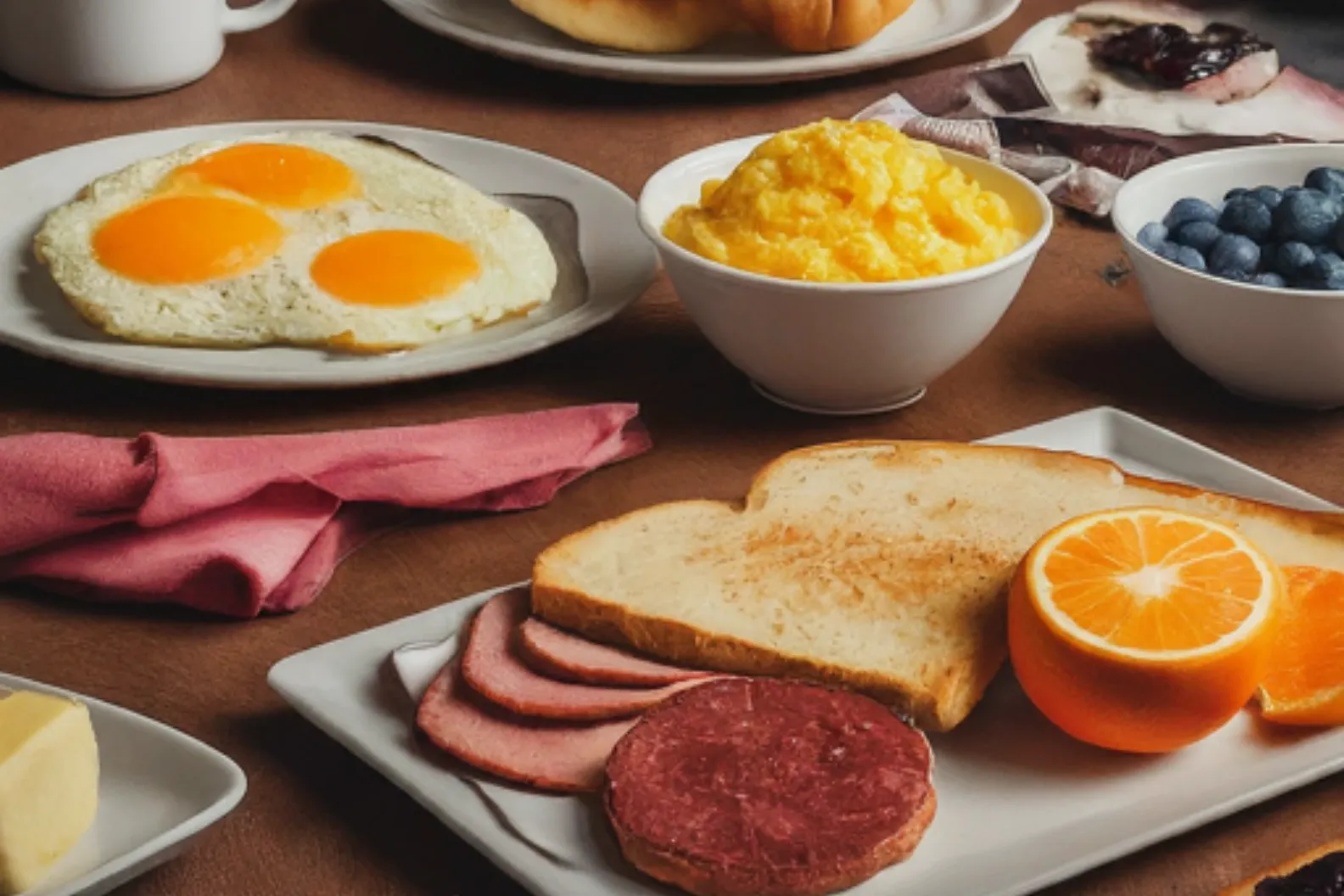Ever stepped on the scale, saw a small change, and wondered “What does a pound of fat even look like on my body?” You’re not alone. Weight loss can be a journey filled with ups and downs, and visualizing progress can be tough. Here’s the truth: a pound of fat doesn’t look as dramatic as you might think.
Table of Contents
ToggleUnderstanding Body Fat Distribution
Fat isn’t distributed evenly throughout the body. It accumulates in different areas based on genetics, hormones, and sex. Men tend to store more fat around the abdomen (visceral fat), while women often have higher subcutaneous fat deposits in the hips, thighs, and buttocks.
The Deception of Density
Fat is less dense than muscle. This means a pound of fat will take up more space than a pound of muscle. Imagine a pound of butter compared to a pound of steak. The butter, representing fat, will be significantly larger due to its lower density.
Let’s Get Visual: Comparing Fat to Familiar Objects
Here’s a fun way to conceptualize a pound of fat:
- Grapefruit: A juicy grapefruit is roughly equivalent to the size and weight of a pound of body fat.
- Softball: For a firmer comparison, a softball offers a similar density and volume to a pound of fat.
- Memory foam pillow: The squishy nature of memory foam somewhat resembles the feel of body fat.
It’s Not Just About the Scale
While the scale reflects overall weight loss, it doesn’t tell the whole story. Here’s why:
- Muscle gain: As you lose fat, you might also be building muscle, which is denser and weighs more. This can lead to a smaller decrease on the scale despite fat loss.
- Water weight fluctuations: Water retention can cause temporary weight fluctuations that don’t reflect actual fat loss.
Focus on Progress, Not Perfection
Losing weight is a marathon, not a sprint. Celebrate non-scale victories like increased energy, improved endurance, and better-fitting clothes. These are all signs that your body is changing for the better.
Is 1 pound of fat noticeable?
It depends on several factors:
- Body composition: Where you store fat plays a role. Losing a pound from your face might be more noticeable than from your thighs.
- Overall weight: If you have more body fat, losing a pound might be less visually evident.
- Muscle mass: As you lose fat, you might also gain muscle, which can offset the visual impact.
What does 1 pound of fat look like?
Imagine a:
- Grapefruit: Similar in size and weight.
- Softball: Offers comparable density and volume.
- Memory foam slice: Mimics the feel of body fat.
How big is a pound of body fat?
While it’s not perfectly round, a pound of fat is roughly the size of a:
- Tennis ball
- Large orange
How long does it take to lose 1 pound of body fat?
A healthy and sustainable rate of weight loss is 1-2 pounds per week. To lose 1 pound, you need to create a calorie deficit of 3500 calories. This can be achieved through a combination of healthy eating and exercise.
Remember:
- Focus on non-scale victories like increased energy, better fitting clothes, and improved mood.
- Celebrate progress, not perfection.
- Weight loss is a marathon, not a sprint. Be patient and consistent with your efforts.
Shedding Fat: Signs, Strategies, and Common Questions
Weight loss is a journey, and understanding how your body responds can be motivating. Here’s a breakdown of some key questions:
Signs Your Body is Burning Fat:
- Gradual weight loss: Aim for 1-2 pounds per week for sustainable results.
- Improved clothing fit: Noticeable changes in how your clothes feel.
- Increased energy levels: Feeling more energized throughout the day.
- Reduced cravings: Less frequent urges for sugary or unhealthy foods.
- Better sleep quality: Restful sleep is essential for metabolism.
- Improved mood and overall well-being: Feeling more positive and healthy.
The 30-30-30 Rule:
While not a magic formula, this approach emphasizes the importance of:
- 30 minutes of moderate-intensity exercise most days: Aim for activities that elevate your heart rate and make you sweat moderately.
- 30% of calories from healthy fats: Include good fats like avocados, nuts, and olive oil in your diet.
- 30% of calories from lean protein: Choose protein sources like fish, chicken, beans, and lentils.
Does Exercise Burn Fat?
Absolutely! Exercise helps create a calorie deficit, burning more calories than you consume. It also builds muscle, which further boosts metabolism.
How Many Steps Burn 1 Pound of Fat?
There’s no one-size-fits-all answer. Factors like weight, activity level, and diet influence calorie burning. However, to lose 1 pound, you need a 3500-calorie deficit. This can involve a combination of exercise and healthy eating.
How Long Until Weight Loss is Noticeable?
It varies depending on your starting weight and goals. Typically, within 2-4 weeks of consistent effort, you might see changes in clothing fit, energy levels, and possibly the scale.
Does Eating Less Lose Belly Fat?
Spot reduction (fat loss from a specific area) is not possible. Overall weight loss, including a healthy diet, will lead to fat loss throughout your body, including the belly.
Remember:
- Consult your doctor before starting any weight loss plan, especially if you have underlying health conditions.
- Focus on making sustainable lifestyle changes, not quick fixes.
- Celebrate your progress, big or small. Every step counts!

10 FAQs on Fat Loss and Body Image
- Is it safe to lose more than 1 pound per week? Aim for a gradual and sustainable weight loss of 1-2 pounds per week. Rapid weight loss can be unhealthy and difficult to maintain.
- How can I target belly fat specifically? Spot reduction (losing fat from a specific area) is not possible. Overall weight loss and body fat reduction will lead to fat loss throughout the body, including the abdomen.
- Do I need to see a doctor before starting a weight loss plan? It’s always a good idea to consult your doctor before making significant changes to your diet or exercise routine, especially if you have any underlying health conditions.
- What are some healthy ways to lose weight? Focus on a balanced diet rich in fruits, vegetables, and whole grains. Combine this with regular physical activity for optimal results.
- How can I avoid weight loss plateaus? Make small, sustainable changes to your diet and exercise routine. Don’t be afraid to mix things up to keep your body challenged.
- Are there any magic weight loss pills or supplements? There is no quick fix for weight loss. Sustainable fat loss comes from healthy lifestyle changes, not magic pills.
- How important is sleep for weight loss? Getting enough quality sleep is crucial for regulating hormones that influence appetite and metabolism.
- Should I completely restrict myself from my favorite foods? No! Restrictive diets are often unsustainable and can lead to unhealthy relationships with food. Focus on moderation and mindful eating.
- How can I deal with emotional eating? Identify your triggers and develop healthy coping mechanisms to manage stress and emotions without resorting to food.
- What if I lose motivation? Everyone experiences setbacks. Find an accountability partner, join a support group, or seek help from a registered dietitian or therapist to stay motivated.
Conclusion
Remember, a pound of fat is smaller than you might think. Focus on making healthy choices, celebrating your progress, and developing a positive relationship with your body. It’s a journey, not a destination, and with dedication and self-compassion, you can achieve your health and fitness goals.













